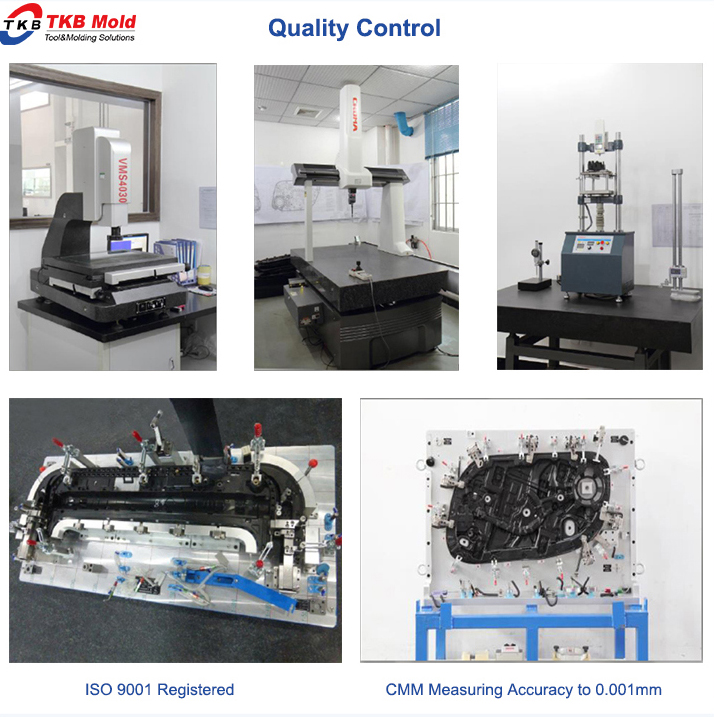-
 TKB Mold China------ Ihr professioneller Partner für Kunststoff-Spritzguss!TKB Mold ist ein professioneller Hersteller von Kunststoff-Spritzgussformen, de...
TKB Mold China------ Ihr professioneller Partner für Kunststoff-Spritzguss!TKB Mold ist ein professioneller Hersteller von Kunststoff-Spritzgussformen, de...
-
A syringe mold is a specialized tool used in the manufacturing of plastic syringes through injection molding. The mold is typically made of high-quality steel or aluminum and is designed to create the precise shape and size of the syringe barrel and plunger.
The process of creating a syringe mold begins with the design of the mold using computer-aided design (CAD) software. The mold is then machined using specialized tools and equipment to create the desired shape and size of the syringe barrel and plunger.
Once the mold is created, it is installed in an injection molding machine, and plastic material is heated and injected into the mold cavity at high pressure. The molten plastic material fills the cavity and takes on the shape of the mold.
After the plastic material cools and solidifies, the mold is opened, and the finished syringe is removed from the mold. The syringe may then undergo additional finishing processes, such as trimming, polishing, and assembly.
Syringe molds are critical components of the medical industry and are used to produce a wide range of syringe types, including insulin syringes, luer-lock syringes, and safety syringes. The molds are designed to create high-quality, precise syringes that are safe and effective for use in medical procedures. Syringe molds must meet strict regulatory and quality standards to ensure the safety and efficacy of the syringes produced.
The quality : Mould’s quality is up to the level of product knowledge. Using the right mould materials, right processing technology and the right mold structure can make the best mold. Only professional medical consumables mold manufacturers an do this for you .We can say that in the same period, the same price, our quality is best.
After Sale: One year free repair, life-long maintenance. Mould from our company, free maintenance would always be provided to the customer to remove the trouble back at home.
Mold service life: There have soft mold, hard mold and super hard mold in injection mold industry. In theory, soft mold life is expected to be five hundred thousand times, hard mold for one million times, super hard mold for more than one million times. But it turns out to be the theoretical value for the mold maintenance by user make a great difference of mold life. But we can ensure you in the terms of mould material, processing technology and mold hardness processing , to make the mold most times use in normal use.



